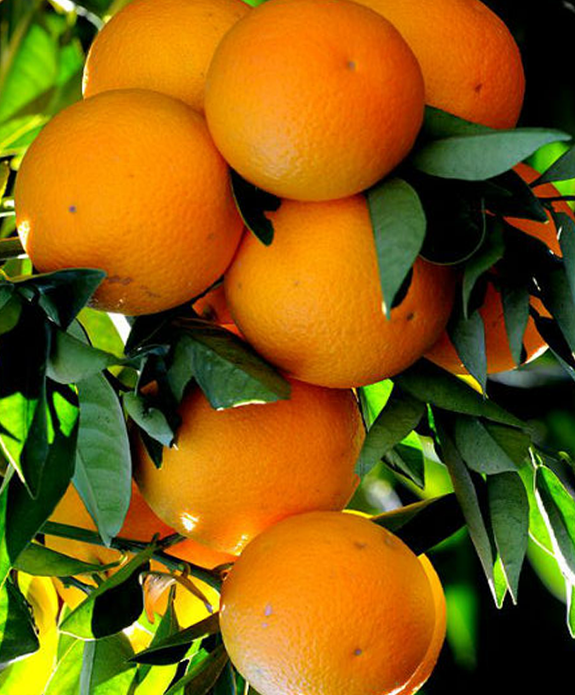

The name Ujjayanta Palace was given by Nobel Laure....
Religious Tourism Spots Tripura Sundari Temple, M....
This archaeological site is any place where ther....
Eco tourism is intend to offer tourist & insight....
Fairs & Festivals not only spiced up Renaissances ....
This is a beautiful Hill Station Jampui located in....
Handlooms and handicrafts of Tripura reflect the i....
Sometimes discovering the best tea means leaving ....
Rural tourism is a tourism that focuses on activel....
Access a user-friendly platform for effortless trip planning. Enjoy a streamlined booking process for flights, accommodations, and activities. Create and manage your travel itinerary in one convenient location.
A hidden gem in the Northeast, Tripura's serene landscapes and warm hospitality stole our hearts. From ancient temples to the untouched beauty of Neermahal, every moment was a delight. Can't wait to return!

Agartala, a cultural extravaganza! Ujjayanta Palace, vibrant bazaars, and mesmerizing Tripuri dance performances. A city that beautifully preserves its rich heritage.

Sepahijala Wildlife Sanctuary - a paradise for nature lovers. Diverse flora and fauna, boat rides on Rudrasagar Lake, and a treetop walkway. Commendable conservation efforts

Tripura's tribal life is an unforgettable journey into traditions. Colorful attire, traditional dances, and a warm welcome from indigenous communities showcase the state's cultural diversity.

